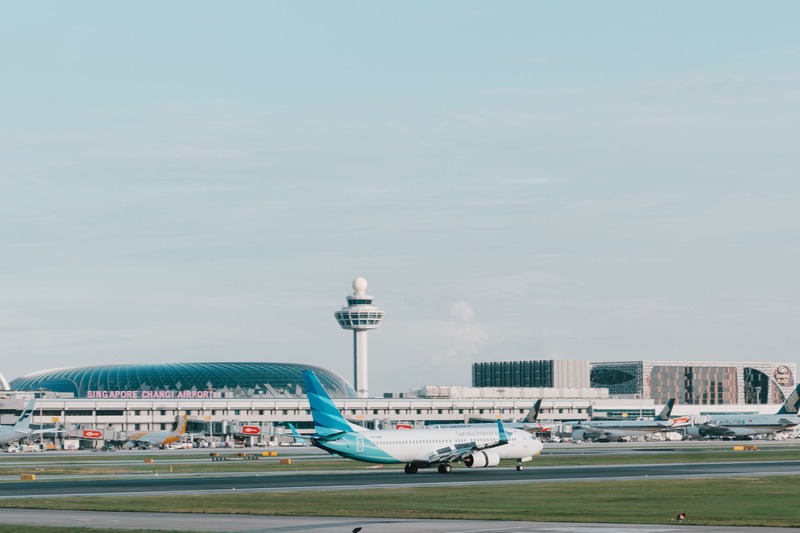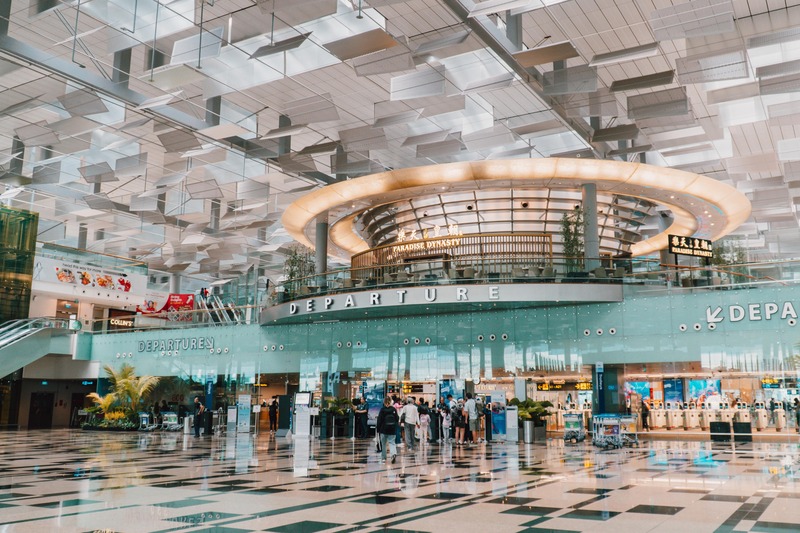
Singapore Changi Airport has been named the World's Best Airport for 2025 at the Skytrax World Airport Awards, marking its 13th time receiving this prestigious honor. This achievement underscores Changi's commitment to providing an exceptional travel experience, with features like automated check-in, passport-free immigration, and a wide array of dining options.

The airport also won awards for the World's Best Airport Dining and the World's Best Airport Washrooms, further highlighting its dedication to customer satisfaction. Additionally, it was recognized as the Best Airport in Asia.
Changi Airport's success is reflected in its recent performance, with a significant increase in passenger traffic. In 2024, the airport handled 67.7 million passenger movements, a 14.8% increase from the previous year, reaching 99.1% of its pre-pandemic levels. This recovery is notable given the impact of the COVID-19 pandemic on global travel.
The busiest month in 2024 was December, with 6.4 million passenger movements, surpassing six million for the first time since December 2019.

The airport's growth is also attributed to its strategic expansion of global connectivity. In 2024, Changi welcomed 10 new airlines, including Air Canada, Air Japan, and Peach, and launched 20 new routes to destinations such as Brussels, London Gatwick, and Vancouver. This expansion has been facilitated by close collaboration with airline partners, contributing to the airport's reputation as a leading aviation hub.
Changi Airport is not just a transportation hub but also a popular destination in itself. It features attractions like the Jewel Changi complex, which includes a butterfly conservatory and the Rain Vortex, the world's largest indoor waterfall. These amenities, combined with its excellent service and facilities, make Changi Airport a standout among global airports.

In the same awards, Doha's Hamad International Airport ranked second, recognized for its luxury shopping and named the Best Airport in the Middle East. Tokyo Haneda Airport took third place, noted for its cleanliness and accessibility facilities. This year's awards highlight the ongoing excellence of Asian airports, with several others ranking highly in the global list.

Changi Airport's recognition extends beyond the Skytrax awards. It was also named the Overall Winner at the Routes Asia 2025 Awards, acknowledging its excellence in airport and destination marketing. The airport's commitment to service quality and its strategic partnerships have been instrumental in its success, positioning it as a premier global aviation hub.


.jpg)








.jpg)

.jpg)
.jpg)











.jpg)


















.jpg)







.png)